Asked to name one of their party’s biggest achievements in government, SNP members will consistently point to the scrapping of tuition fees.
The policy was a smart one, proving itself a vote winner in the 2011 election when young people and their parents looked on in horror as the Conservative-Liberal Democrat coalition tripled tuition fees to £9,000.
Alex Salmond considers the achievement as one of his greatest, going so far as to commission a large commemorative rock in tribute to his work in the grounds of Herriot-Watt University.
Despite his pride, today’s SNP ministers may be looking back on his commitment – that rocks would melt with the sun before tuition fees were imposed on Scots students – with more than a little regret.
Shona Robison sets sights on education bill
None more so than Deputy First Minister Shona Robison, whose recent budget set out swingeing cuts to government spending on affordable housing projects and other work aimed at benefitting the poorest.
Desperate to save cash, the finance secretary has also set her sights on the billion-pound education budget, slashing the number of funded places for Scottish students by around 1,200.
The move has prompted intense criticism from opposition politicians and those in the university sector, who warn it will hinder the government’s mission to close the access gap.
But Ms Robison insists that in light of a challenging budget settlement, it is simply unsustainable to fund the places, created during the coronavirus crisis, while Education Secretary Jenny Gilruth says it represents the least worse options.
Some in the education sector, though, feel vindicated, as the decision finally shatters the illusion that truly free education ever existed in Scotland and exposes the flaws in the system they operate under.
Rather than a belief that education is a right and not a commodity to be bought and sold, the SNP’s opposition to tuition fees was always political and never ideological.
This meant the promise was only ever conditional, built on an effective cap on the number of Scottish students the government was willing to fund, rather than the capacity universities could offer.
And as with all the best political promises, it provided room for future governments to manoeuvre.
But this cut, and the cap on Scottish students, does not live up to a fundamental pledge the SNP made in 2008 that access to a decent education should be based on the ability to learn rather than the ability to pay.
It has also prompted choices in government spending at the expense of schools and colleges.
Councils, who administer funding for schools, have been underfunded year-after-year, while colleges and vocational education, so key to improving social mobility, have both been hobbled.
Such decisions resulted in a growing attainment gap between the richest and the rest, despite tough targets to narrow it and a promise it was the “defining mission” of Nicola Sturgeon’s government.
More than 16 years since tuition fees were scrapped, those from the poorest backgrounds represent around 16.5% of all university students.
Cuts risk another missed target
The government say they want this figure to rise to 20% by 2030. Ms Robison’s decision to cut funded places for Scottish students risks making this just another missed target.
It will also disproportionately impact universities like Dundee, which already fills its quota of Scottish students and is routinely oversubscribed.
The SNP of 2007 entered government unafraid of bold, risky policies such as scrapping tuition fees.
If Mr Yousaf’s government wants to be remembered as anything other than managers of decline, it cannot afford to be too timid and respond to a changing Scotland rather than leading.
Eljamel victims can’t wait any longer
Victims of disgraced Tayside neurosurgeon Professor Sam Eljamel are rightly furious about the delay in appointing a chair for the independent public inquiry announced four months ago.
For those maimed by Eljamel, the fight for recognition has taken over a decade of exhausting perseverance.
Many legitimately fear they could die before being given the chance to tell the probe about their treatment at the hands of the surgeon – a man who NHS Tayside admits was not supervised appropriately.
As time goes on, the opportunities for real accountability diminish.
Minor delays, however justified the government believes they are, only add to the harm those operated on by Eljamel have experienced.
The government U-turn in announcing the probe was the right decision, but it cannot be kicked into the long grass.
It must move ahead without delay,
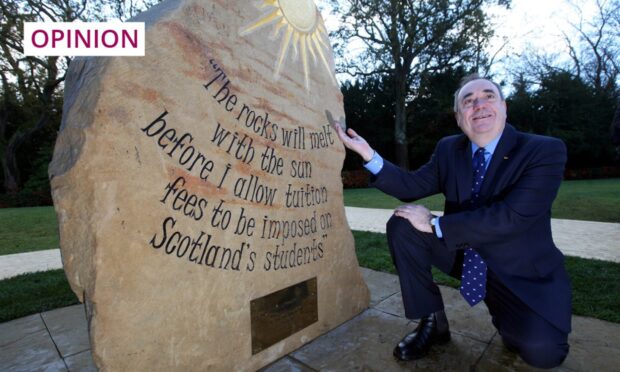
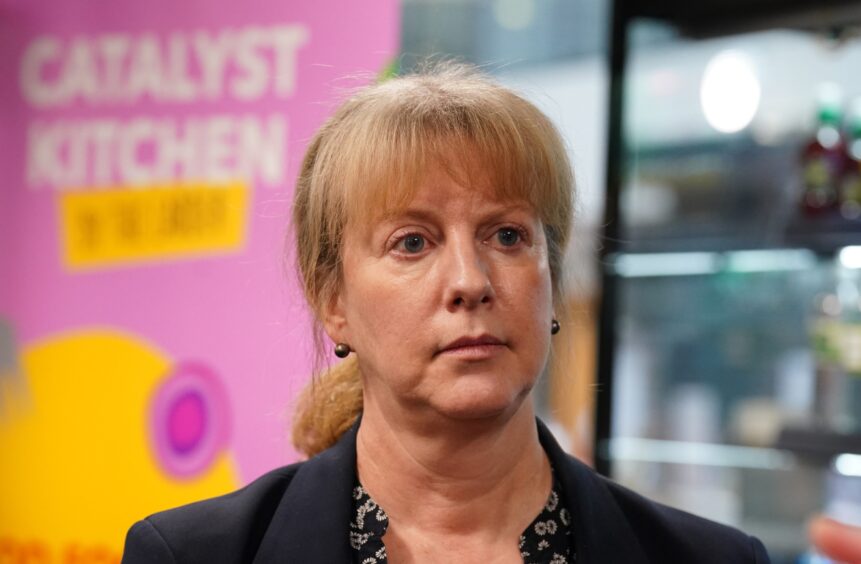
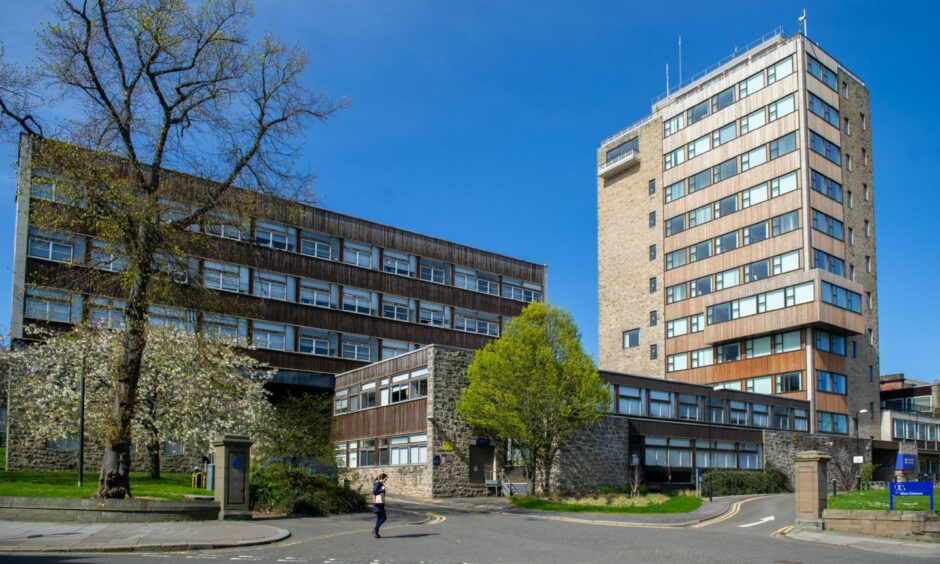

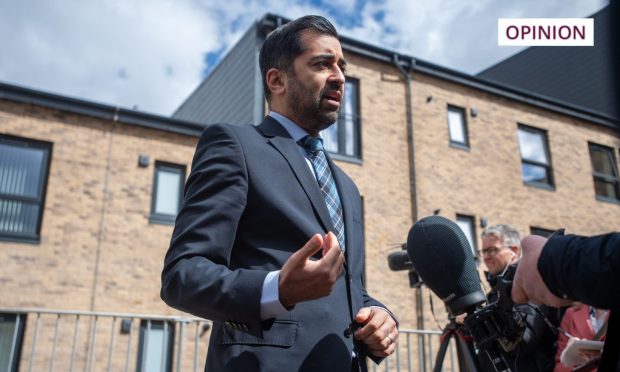
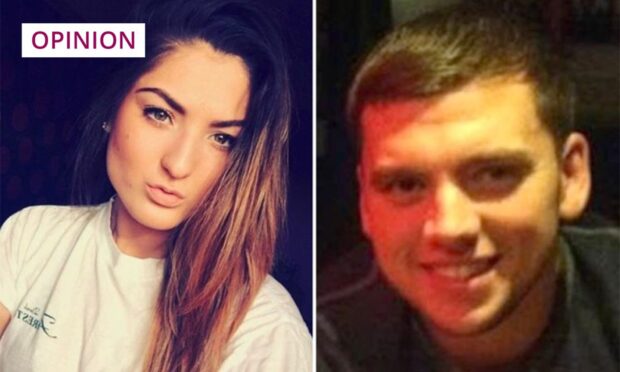






Conversation